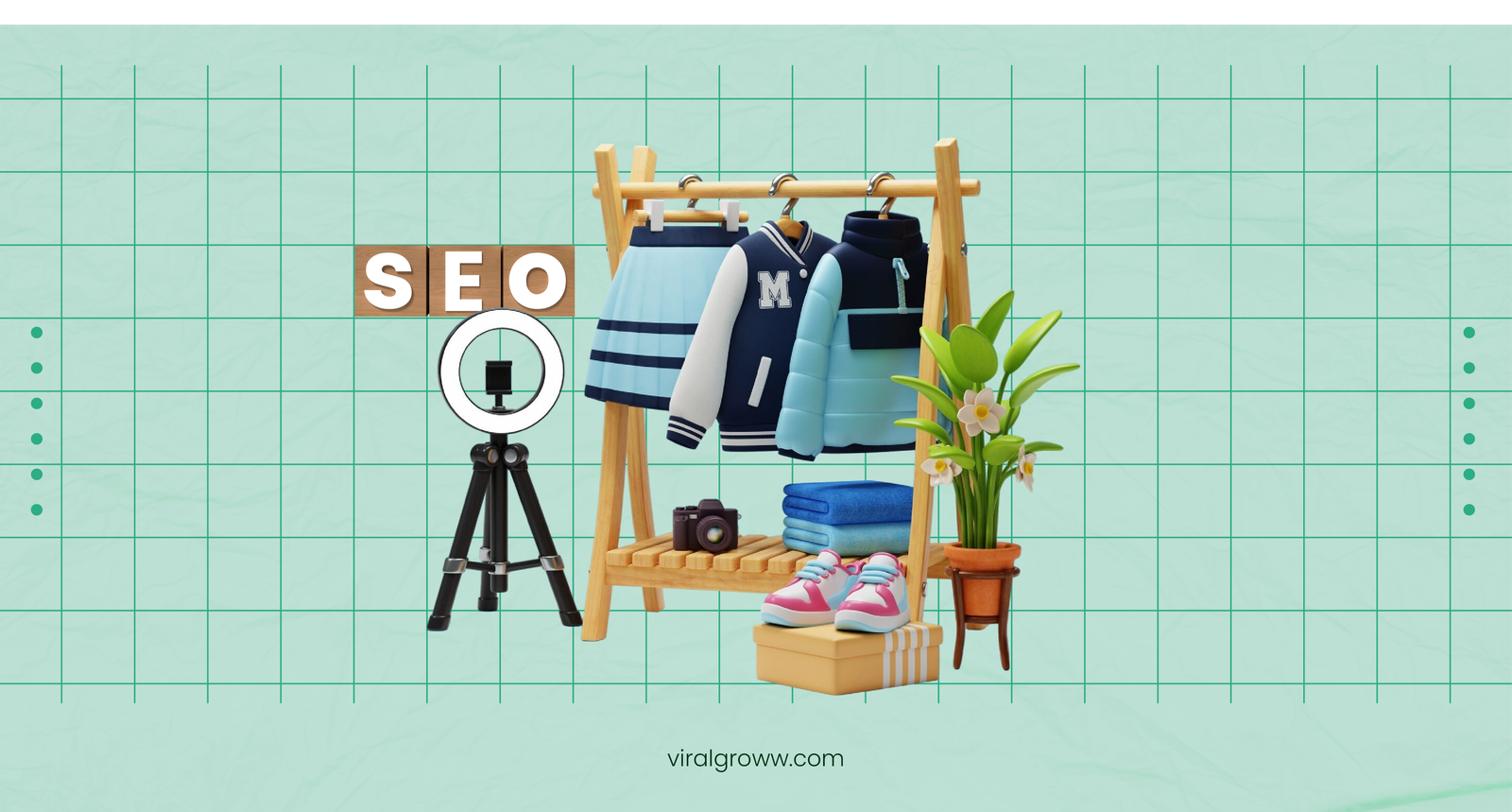Table of Contents
1. Optimize Your Website Structure
A well-structured website is crucial for both users and search engines. Start by creating a clear hierarchy for your fashion brand’s website. Organize your products into logical categories and subcategories. This makes it easier for visitors to find what they’re looking for and helps search engines understand your site’s content.
Key steps to optimize your website structure:
- Create a clear navigation menu
- Use descriptive URLs for each page
- Implement breadcrumbs for easy navigation
- Ensure all important pages are accessible within 3 clicks from the homepage
For example, your URL structure could look like this:
https://yourbrand.com/womens/dresses/summer-dresses/floral-maxi-dress
This structure clearly shows the hierarchy: Women’s > Dresses > Summer Dresses > Floral Maxi Dress.
Remember to use HTTPS for your website to ensure secure connections. This is not only important for user trust but also a ranking factor for search engines.
2. Create High-Quality, Relevant Content
Content is king in the world of SEO, especially for fashion brands. Your content should be informative, engaging, and relevant to your target audience. High-quality content not only attracts visitors but also encourages them to stay longer on your site and share your content, which can improve your search rankings.
Here are some content ideas for fashion brands:
- Style guides and lookbooks
- Trend forecasts and analysis
- Behind-the-scenes content about your design process
- Sustainability initiatives in your fashion brand
- Customer stories and testimonials
- Fashion tips and advice
When creating content, focus on providing value to your readers. For instance, if you’re writing about summer fashion trends, don’t just list the trends. Explain why they’re popular, how to wear them, and include examples from your product line.
Remember to update your content regularly. Fashion trends change quickly, and your content should reflect these changes. This shows search engines that your site is active and current, which can positively impact your rankings.
3. Implement Effective Keyword Strategy
Keywords are the foundation of SEO. They help search engines understand what your content is about and match it to relevant searches. For fashion brands, it’s important to use a mix of general fashion keywords and more specific terms related to your brand and products.
Here’s how to develop an effective keyword strategy:
- Research relevant keywords: Use tools like Google Keyword Planner, SEMrush, or Ahrefs to find keywords related to your fashion brand and products.
- Focus on long-tail keywords: These are more specific phrases that often have less competition. For example, instead of just “women’s dresses,” try “affordable boho maxi dresses for summer.”
- Analyze competitor keywords: Look at what keywords your competitors are ranking for and consider how you can target similar or related terms.
- Use keywords naturally: Incorporate your chosen keywords into your content, titles, meta descriptions, and URLs in a natural way. Avoid keyword stuffing, which can harm your rankings.
- Consider user intent: Think about what users are looking for when they search for particular keywords and create content that meets those needs.
For example, if you’re a sustainable fashion brand, you might target keywords like:
- Eco-friendly fashion
- Sustainable clothing brands
- Ethical fashion online
- Organic cotton dresses
- Fair trade accessories
Remember to regularly review and update your keyword strategy as trends and search behaviors change.
4. Improve Page Load Speed
Page speed is a crucial factor in both user experience and search engine rankings. Slow-loading pages can frustrate visitors and lead to higher bounce rates, which can negatively impact your SEO.
Here are some ways to improve your page load speed:
- Optimize images: Compress images and use appropriate file formats (JPEG for photographs, PNG for graphics with transparent backgrounds).
- Minimize HTTP requests: Reduce the number of elements on your page that require separate HTTP requests.
- Enable browser caching: This allows returning visitors to load your pages more quickly.
- Use a Content Delivery Network (CDN): This can help deliver your content more quickly to users in different geographic locations.
- Minify CSS, JavaScript, and HTML: Remove unnecessary characters from your code without changing its functionality.
You can use tools like Google PageSpeed Insights or GTmetrix to analyze your site’s speed and get specific recommendations for improvement.
For fashion brands, image optimization is particularly important. High-quality product images are essential, but they need to be optimized for the web to ensure fast loading times. Consider using lazy loading for images, which means images only load when they’re about to be scrolled into view.
5. Optimize for Mobile Devices
With more and more people shopping for fashion on their smartphones and tablets, mobile optimization is no longer optional. Google uses mobile-first indexing, meaning it primarily uses the mobile version of your site for ranking and indexing.
Here’s how to ensure your fashion brand’s website is mobile-friendly:
- Use responsive design: This ensures your site looks good and functions well on all screen sizes.
- Improve touch screen navigation: Make sure buttons and links are large enough to be easily tapped on a mobile screen.
- Optimize for local search: Many mobile searches have local intent, so make sure your brand’s location information is up-to-date.
- Streamline content for mobile: Ensure your content is easily readable on smaller screens without horizontal scrolling.
- Test your mobile site: Use Google’s Mobile-Friendly Test tool to check how well your site performs on mobile devices.
Consider the mobile user experience when designing product pages. Make sure product images are clear and zoomable on mobile devices, and that the checkout process is smooth and easy to complete on a smartphone.
6. Build Quality Backlinks
Backlinks, or links from other websites to yours, are a key factor in SEO. They signal to search engines that other reputable sites find your content valuable, which can improve your rankings. However, it’s important to focus on quality over quantity when it comes to backlinks.
Here are some strategies for building quality backlinks:
- Create linkable content: Produce high-quality, unique content that others in the fashion industry will want to link to. This could include original research, infographics, or comprehensive guides.
- Guest blogging: Write articles for reputable fashion blogs or magazines and include a link back to your site.
- Collaborate with influencers: Partner with fashion influencers who can link to your brand in their content.
- Get listed in fashion directories: Ensure your brand is listed in relevant fashion directories and databases.
- Engage in digital PR: Create newsworthy content or events that will attract media attention and links.
For example, you could create an in-depth guide on sustainable fashion practices, which could attract links from environmental organizations and fashion sustainability advocates.
Remember, it’s not just about getting any links. Focus on getting links from reputable, relevant sites in the fashion and lifestyle sectors. Quality always trumps quantity in link building.
7. Leverage Social Media
While social media signals aren’t direct ranking factors, a strong social media presence can indirectly benefit your SEO. Social media can drive traffic to your site, increase brand awareness, and provide opportunities for content distribution and link building.
Here’s how to leverage social media for your fashion brand’s SEO:
- Share your content: Regularly share your blog posts, lookbooks, and other content on social media platforms.
- Engage with your audience: Respond to comments and messages promptly to build a community around your brand.
- Use relevant hashtags: This can help your content reach a wider audience interested in fashion.
- Collaborate with influencers: Influencer partnerships can help increase your reach and drive traffic to your site.
- Create platform-specific content: Tailor your content to each platform. For example, create short, engaging videos for TikTok or Instagram Reels.
For instance, if you’ve just published a blog post about summer fashion trends, you could:
- Share eye-catching images from the post on Instagram
- Create a short video highlighting key trends for TikTok
- Start a discussion about favorite summer styles on Twitter
- Share behind-the-scenes content of your summer photoshoot on Facebook
Remember to include links back to your website where appropriate, but always prioritize providing value to your social media followers.
8. Optimize Product Pages
For fashion brands, product pages are crucial for both user experience and SEO. Well-optimized product pages can rank for specific product searches and drive direct sales.
Here’s how to optimize your product pages:
- Use descriptive, keyword-rich titles: Include the product name, brand, and key features.
- Write unique product descriptions: Avoid using manufacturer descriptions. Write your own, highlighting unique features and benefits.
- Use high-quality images: Include multiple images showing the product from different angles. Consider adding 360-degree views or videos.
- Include user reviews: Customer reviews provide fresh, unique content and build trust.
- Optimize image alt text: Use descriptive alt text for all product images.
- Use schema markup: This helps search engines understand your product information.
- Include clear calls-to-action: Make it easy for customers to add items to their cart or wishlist.
For example, instead of a generic title like “Blue Dress,” use something more descriptive like “Sapphire Blue Midi Wrap Dress – Summer Collection 2023.”
In your product description, don’t just list features. Describe how the product will benefit the customer. For instance: “This lightweight, breathable cotton dress will keep you cool and stylish during hot summer days. The adjustable wrap style flatters all body types, making it a versatile addition to your wardrobe.”
9. Use Schema Markup
Schema markup is a code that you put on your website to help search engines return more informative results for users. It’s especially useful for fashion brands as it can help your products stand out in search results.
Here are some types of schema markup useful for fashion brands:
- Product schema: This can display price, availability, and review ratings directly in search results.
- Organization schema: This helps search engines understand information about your brand.
- LocalBusiness schema: If you have physical stores, this can help with local SEO.
- BreadcrumbList schema: This shows the site hierarchy in search results, making it easier for users to navigate.
For example, with product schema, your search result might look like this:
Your Brand Name: Floral Maxi Dress
https://yourbrand.com/womens/dresses/floral-maxi-dress
Price: $89.99 | In stock
Rating: 4.5 ⭐⭐⭐⭐½ (125 reviews)
This rich snippet provides more information to potential customers right in the search results, potentially increasing click-through rates.
You can use Google’s Structured Data Markup Helper to generate the correct schema markup for your pages. After implementing schema, use Google’s Rich Results Test to ensure it’s correctly implemented.
10. Monitor and Analyze Performance
SEO is an ongoing process, and it’s crucial to regularly monitor and analyze your performance to understand what’s working and what needs improvement.
Here are key metrics to track:
– Organic traffic: Monitor how many visitors are coming to your site from search engines.
– Keyword rankings: Track how your target keywords are performing in search results.
– Conversion rates: Measure how many visitors are taking desired actions (e.g., making purchases, signing up for newsletters).
– Bounce rate: This can indicate if visitors find your content relevant and engaging.
– Page load speed: Regularly check if your pages are loading quickly across devices.
– Backlink profile: Monitor the quantity and quality of sites linking to yours.
Tools like Google Analytics, Google Search Console, and SEO platforms like SEMrush or Ahrefs can help you track these metrics.
Set up regular reporting to track your progress. This could be weekly for key metrics and monthly for more comprehensive analysis. Use these insights to continually refine your SEO strategy.
For example, if you notice a particular product category is getting a lot of organic traffic but has a high bounce rate, you might need to improve the relevance or quality of content on those pages.
Remember, SEO is a long-term strategy. It takes time to see significant results, so be patient and consistent in your efforts.
By implementing these 10 SEO tips, fashion brands like [Viral Groww](https://viralgroww.com/) can significantly improve their online visibility and attract more potential customers. Remember that SEO is an ongoing process, and staying up-to-date with the latest trends and best practices is key to maintaining and improving your search engine rankings.
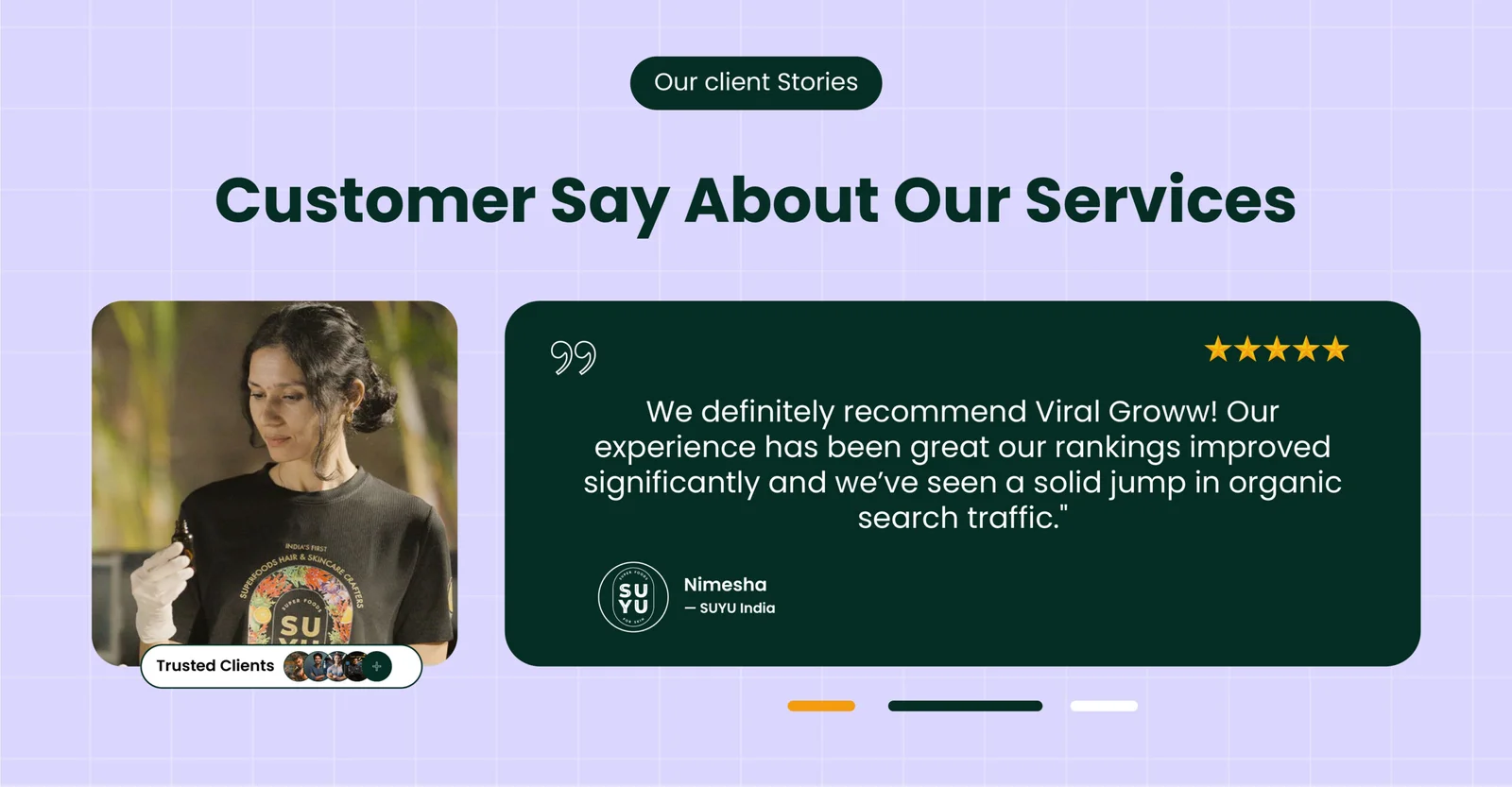
How We 2.5X’d Organic Traffic for SUYU India in Just 5 Months by Following Our White Hat SEO Framework
SUYU India was born with a clear vision—to bring superfood-powered skincare into the Indian market. Co-founded with a deep belief in sustainability.

Scaling a Sexual Wellness Brand with SEO – How We Did It for Ecstasia
Ecstasia is a sexual wellness D2C brand started by Prakhar Raj and Hamid Iqbal in December 2024. Prakhar, a school friend of mine, works in a corporate job but has always wanted to start his own business.
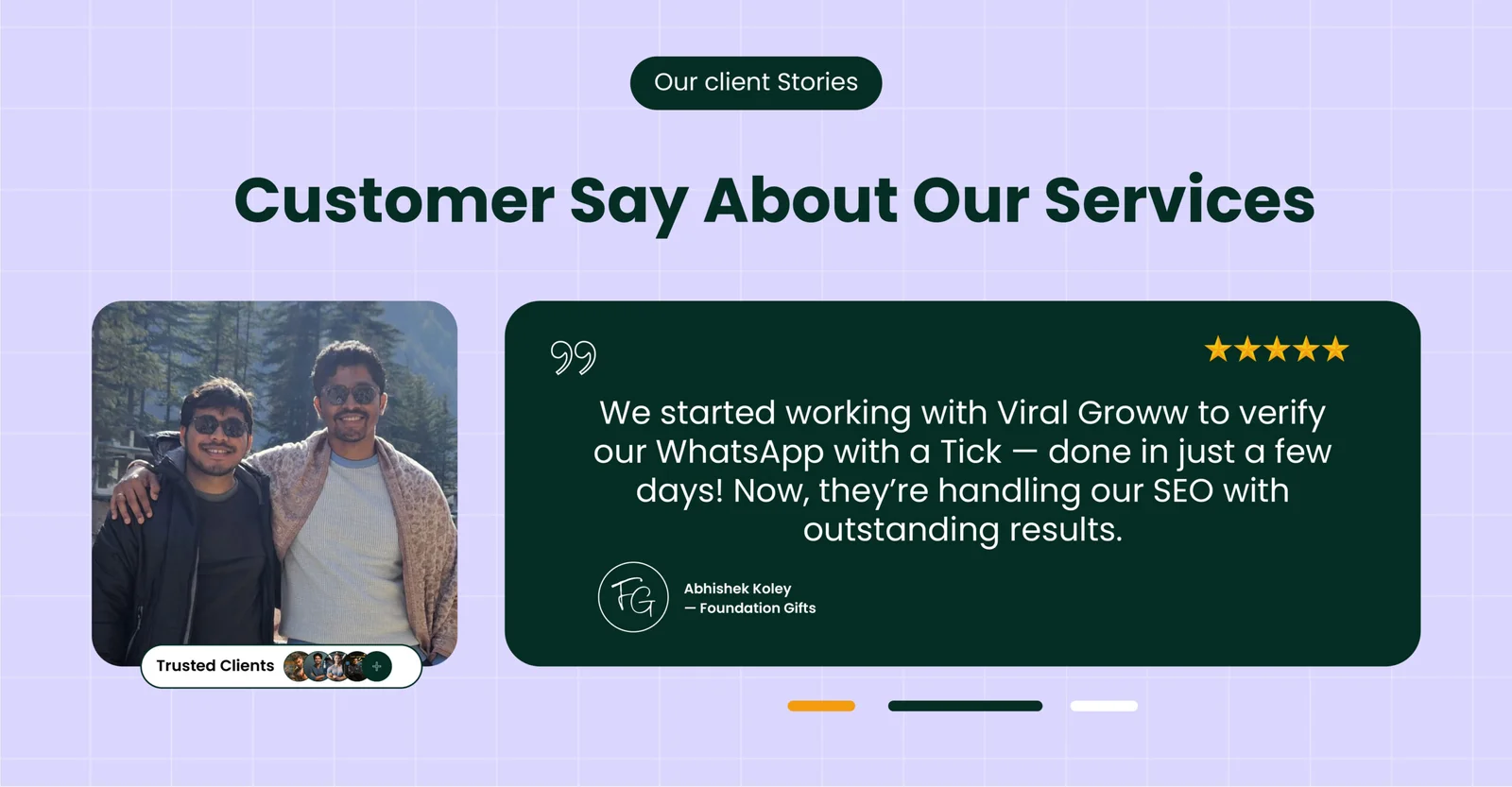
How we got 8.7X Impressions for a gifting D2C brand within 3 Months by doing White Hat SEO
Foundation Gift was started by Rakesh Adak and Abhishek Koley with a simple idea — gifts should feel just as special as the moments they celebrate.
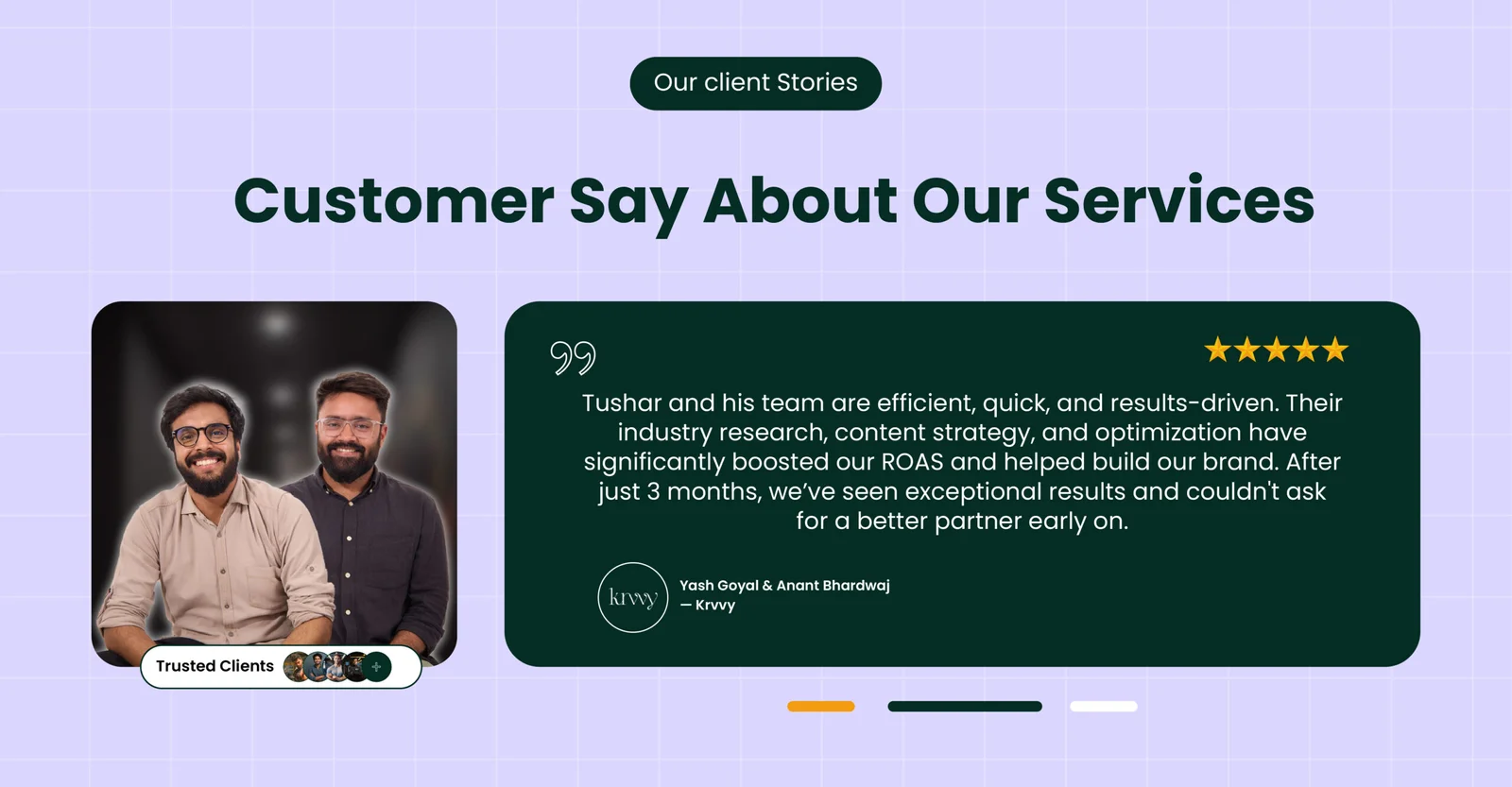
Scaling a Lingerie Brand to 7-Figure Sales in Just 75 Days—Proof Inside!
Krvvy is a modern, forward-thinking lingerie brand committed to redefining comfort and functionality. Designed to elevate the lingerie experience, Krvvy celebrates the beauty of all women, embracing and admiring every curve.
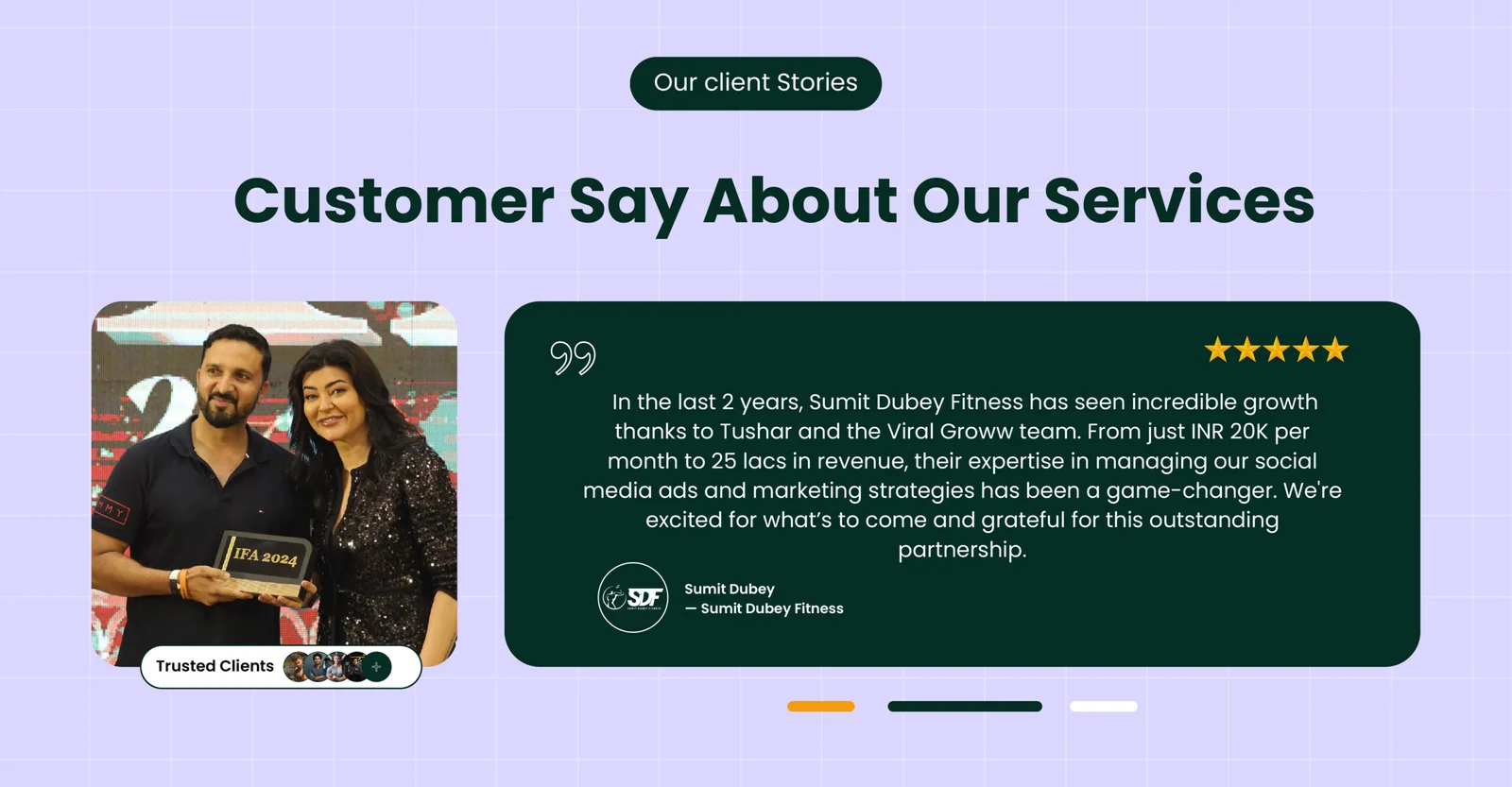
How Sumit Dubey Fitness Classes Transformed into a Fitness Empire with Strategic Digital Marketing
Sumit Dubey Fitness Classes, founded by Sumit Dubey, provides online fitness training with a personalized touch.
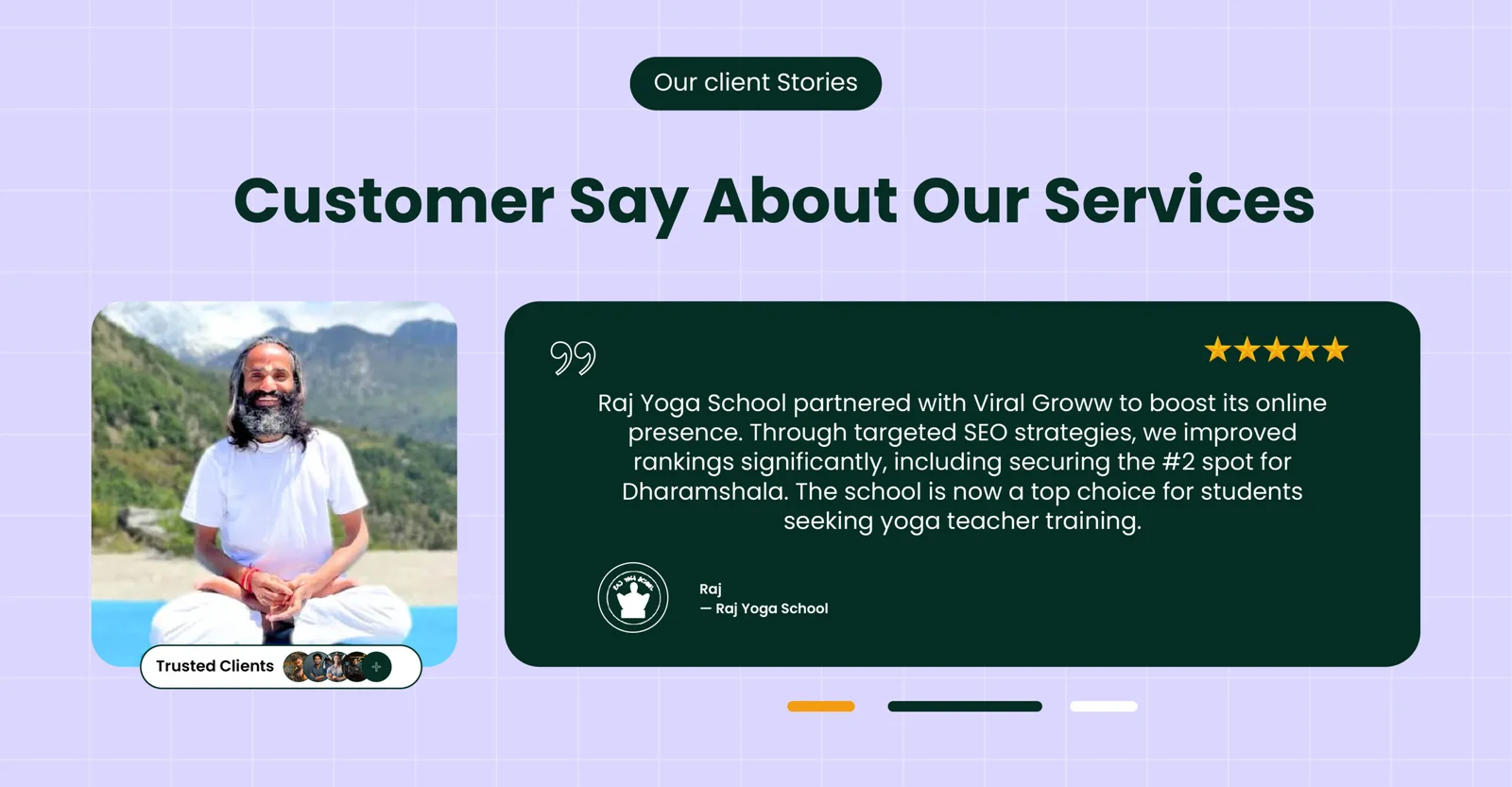
Raj Yoga School’s Journey to the Top of Search Rankings
Nestled between the tranquil peaks of the Himalayas and the sun-kissed beaches of Goa, Raj Yoga School has been a sanctuary for aspiring yoga teachers in India.

Scaling Dharishah Ayurveda from ₹20 Lakhs to ₹50 Lakhs in Monthly Sales
Dharishah Ayurveda, a promising Ayurvedic brand, had already seen growth through performance marketing, scaling from ₹2 lakhs to ₹20 lakhs in monthly sales (covered in a previous case study).

Building Trust and Revenue for Dharishah Ayurveda with Scalable Facebook Ads
Dharishah Ayurveda, led by CEO Naman Dhamija, is a premium Ayurvedic brand dedicated to promoting natural wellness.
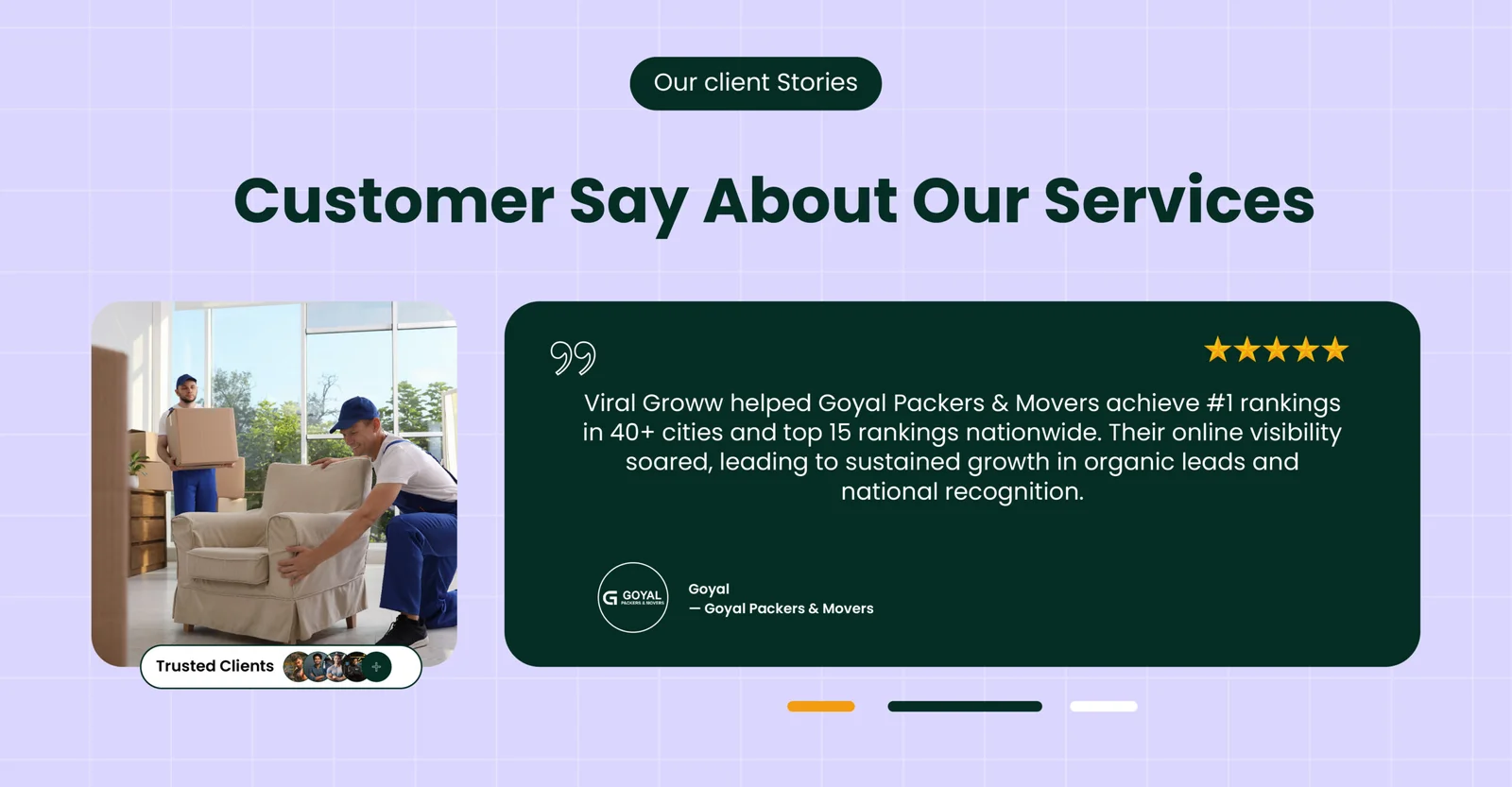
How Goyal Packers & Movers Skyrocketed to #1 in 40+ Cities with White Hat SEO
Goyal Packers and Movers India, owned by Mr. Sampat Singh, is one of the most preferred packers and movers across Northern India, offering exceptional shifting services.


